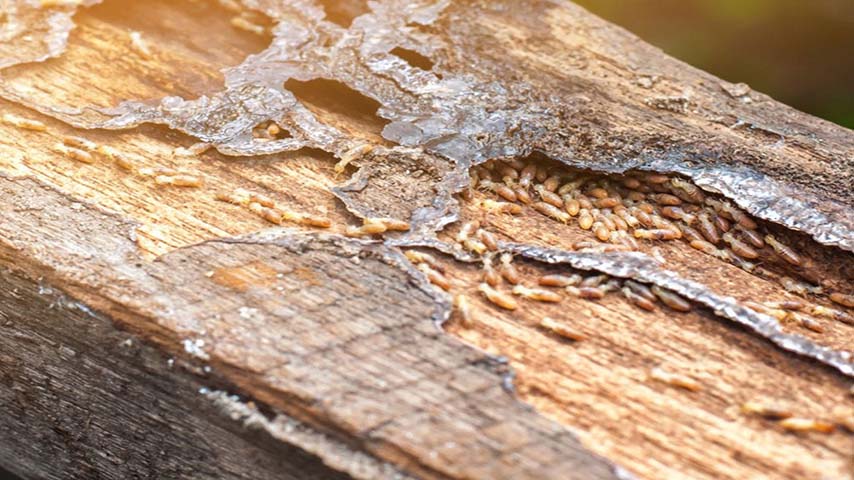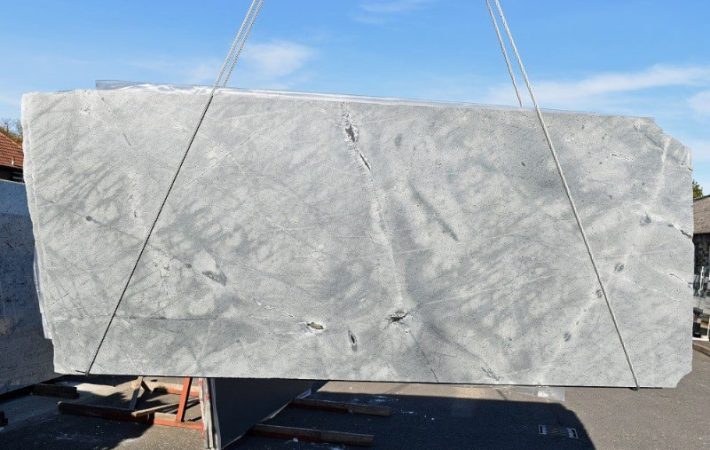Termites, often dubbed “silent destroyers,” can cause severe structural damage to homes without immediate detection. These tiny pests feed on wood and other cellulose materials, making homes particularly vulnerable. When they infest a property, the damage can be extensive, often necessitating professional repair and restoration services. This guide provides a comprehensive overview of termite damage repair, helping homeowners understand the process, costs, and preventive measures.
Understanding Termite Infestation
What Are Termites?
Termites are social insects that live in colonies and feed on organic materials, primarily wood. There are several species, including subterranean termites, drywood termites, and dampwood termites. Each type has distinct behaviors and habitat preferences:
Subterranean Termites: These live underground and create colonies in soil. They travel to wood sources via mud tubes.
Drywood Termites: These infest dry wood, such as timber and furniture, and do not require contact with the soil.
Dampwood Termites: These are attracted to moist, decaying wood and are typically found in areas with high humidity.
Signs of Termite Infestation
Recognizing the signs of a termite infestation early can prevent significant damage. Look for:
Mud Tubes: Small, pencil-sized tubes made of mud and wood particles along foundation walls.
Wood Damage: Hollow-sounding wood or wood with a paper-thin surface.
Swarmers: Winged termites that emerge from colonies to reproduce.
Frass: Termite droppings resembling sawdust, usually found near infested wood.
Assessing Termite Damage
Inspection Process
Before any repairs can begin, a thorough inspection is essential. This should be conducted by a professional pest control expert or a termite inspector who will:
Examine Wooden Structures: Check for signs of damage in walls, floors, and ceilings.
Inspect Hidden Areas: Look in basements, crawl spaces, and attics where termites often hide.
Check Moisture Levels: Identify areas with excessive moisture, which can attract termites.
Types of Damage
Termite damage can vary depending on the extent of the infestation:
Structural Damage: Includes weakened beams, sagging floors, and compromised load-bearing walls.
Cosmetic Damage: Surface damage such as peeling paint or cracked drywall.
Furniture and Fixtures: Termites can damage wooden furniture, cabinets, and other interior elements.
Repairing Termite Damage
Immediate Actions
If termites are found, the first step is to address the infestation:
Pest Control Treatment: Employ professional pest control services to eliminate termites. Treatments may include chemical barriers, bait systems, or fumigation.
Moisture Control: Fix leaks and improve ventilation to reduce moisture levels and deter termites.
Repairing Structural Damage
Once the infestation is under control, repair the damage:
Assess Damage: Determine the extent of damage to structural elements. This may require removing affected areas and inspecting the underlying structure.
Replace Wood: Remove and replace damaged wood, ensuring that new materials are properly treated to resist future infestations.
Reinforce Structure: Strengthen weakened beams and joists using additional supports or reinforcements.
Repairing Cosmetic Damage
Addressing cosmetic issues improves the appearance of your home:
Drywall and Painting: Repair or replace damaged drywall and repaint affected areas.
Woodwork and Trim: Replace or repair damaged woodwork, such as moldings and trim.
Furniture Restoration: Repair or refinish damaged furniture and fixtures.
Costs of Termite Damage Repair
Factors Influencing Costs
The cost of termite damage repair can vary widely based on several factors:
Extent of Damage: More extensive damage requires more costly repairs.
Type of Termite: Different termites may require different treatment methods, influencing costs.
Location: Costs can vary by region due to labor rates and material costs.
Typical Costs
While costs can fluctuate, some typical ranges include:
Inspection: $100-$300, depending on the size of the property.
Pest Control Treatment: $200-$2,500, depending on the severity of the infestation and the treatment method.
Structural Repairs: $500-$10,000 or more, depending on the damage.
Cosmetic Repairs: $200-$2,000 for drywall and painting, $100-$1,500 for furniture and trim repairs.
Preventing Future Termite Infestations
Regular Inspections
Schedule regular termite inspections to catch potential infestations early. An annual inspection is recommended, especially if you live in a high-risk area.
Moisture Management
Keep your home dry by addressing any leaks and maintaining proper drainage. Ensure that gutters and downspouts are functioning correctly and that there is adequate ventilation in crawl spaces and attics.
Termite Barriers
Consider installing physical or chemical barriers to prevent termites from entering your home. These barriers can be particularly useful if you live in an area with a high risk of termite infestation.
Landscaping and Wood Storage
Keep wood piles and other cellulose materials away from the foundation of your home. Trim shrubs and trees that come into contact with your home’s exterior to minimize the risk of termites finding their way inside.
Professional Advice
Consult with pest control professionals to develop a comprehensive termite prevention plan tailored to your home and local conditions.
Conclusion
Termite damage repair is a crucial process for maintaining the integrity and value of your home. By understanding the signs of infestation, addressing damage promptly, and implementing preventive measures, homeowners can protect their properties from the destructive effects of termites. Regular inspections and proactive maintenance are key to safeguarding your home from these “silent destroyers.” If you suspect a termite problem, don’t hesitate to seek professional help to ensure effective treatment and repair.



Leave a comment
Your email address will not be published. Required fields are marked *